When I was a lad, breakfast meant one of two options
– you could have fried bacon and eggs or you could have porridge. There were
rumours that some people broke their fast with cornflakes, which raised an
eyebrow or two in our neighbourhood, what with them being American and so
forth, but cereals hadn’t really caught on yet, toast was something for putting
cheese or beans on, fruit was something that went in pies and kippers stank the
house out. Thick smoked bacon and a couple of eggs fried in the bacon fat was
the sort of thing you’d have if you got up early, but porridge was the
thing.
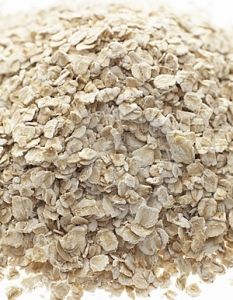 |
| Oats |
You could have it thick – stick to your ribs, boy – or you could have it
thin – slips down a treat, son – maybe with a splash of cold milk on it,
sometimes with salt in, sometimes with sugar sprinkled on the top. Ready in
minutes, it kept you going till dinnertime (none of that soft, southern ‘lunch’
business in 50s Lancashire), set you up on a cold winter morning or sorted you
out in the warmer summers.
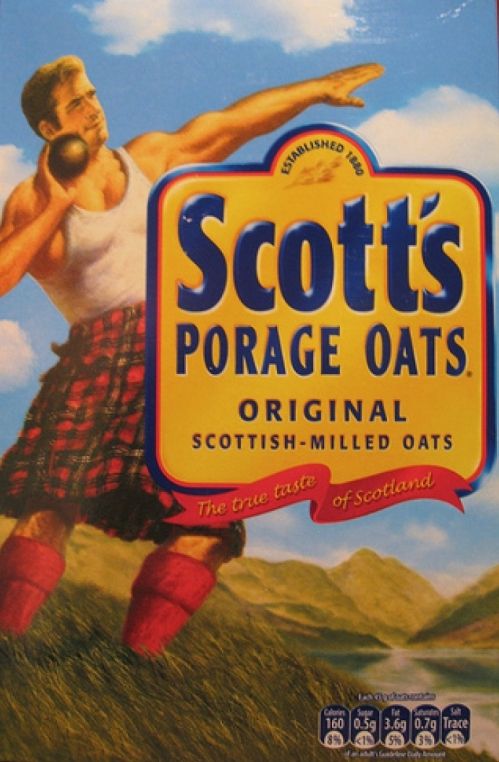 |
| Scott's Porage Oats |
It came in a box, with a picture of a kilted
Scotsman on the front, in his vest and putting the shot (or, maybe, throwing
the stane), and the implication was that if you ate up your porridge, you’d end
up with thews like this strapping Jock.
Scotland and porridge are, of course,
as inextricably tied together as neeps and tatties, or Moira Anderson and
Kenneth McKellar (… a wonderful fella, he grew mushrooms in his cellar),
but porridge is just as widely eaten in the north of England, which puts paid
to Dr Johnson’s snarky definition of oats as
“A grain, which in England is generally given to horses, but in Scotland supports the people.”
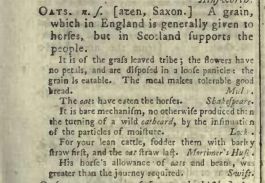 |
| Johnson's Dictionary - Oats |
The
correct response to this sort of thing is to say that this explains the
excellence of English horses and Scottish people, but I don’t believe that this
was what the harmless drudge had in mind. Oats will grow on the thinner, poorer
soils in the north, and do not need the same ripening sunshine as grains like
wheat, and has been a staple food for many centuries, not just in northern
England and Scotland, but also in Norway and Germany.
 |
| J Grieve - Oat Meal - 1918 |
The benefits of eating
oats is well documented, with Dr James Grieve, for example, writing about how,
as a boy in Perthshire, the labourers on his father’s farm would begin the day
by a meal of porridge, and how these men would work tirelessly all day fuelled
by their oaty breakfasts. Similarly, in 1872, the railway track of the Great
Western Railway in South Wales was reduced from the GWR broad gauge of 7 foot ¼
inches to the standard gauge of 4 foot 8 ½ inches used on all of the other
networks. The gargantuan task of converting the 400 miles of track employed
1,500 men for two weeks, with a working day lasting seventeen of eighteen
hours, unscrewing the GWR bolts that held the track in place, moving the rail
to the new gauge and then re-screwing the bolts back into place.
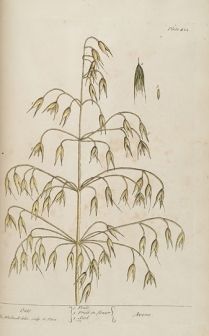 |
| Oats |
J W Armstrong,
Divisional Engineer of the GWR, wrote that the navvies worked in gangs of
thirty men, housed in lodges spaced at about six miles apart, and each morning
a large pot of water would be boiled and oatmeal added to form a thin broth.
The men would drink this throughout the day, and Armstrong noted that, in spite
of the arduous conditions, there was not one incidence of sickness during the
relaying project, something he attributed to the oatmeal drink.
Two years
later, in 1874, a similar relaying undertaking was carried out on the
Wiltshire, Somerset and Weymouth District line, with 1353 employed to reduce
the GWR broad gauge down to the standard gauge, again over a fortnight period.
Mr Voss, supervising, wrote in his report,
“There is a strong feeling on the part of the engineers that the good conduct of the men and the hard work done by them was due to the liberal supply of oatmeal which they had; as it not only quenched their thirst, but sustained them and enabled them to keep on continually working very hard.”
 |
| Eat Oatcakes - Lovely |
In Lancashire, thin oatmeal broth was
called Waterloo porridge, with the emphasis very much on the initial two
syllables. It was a handful of groats boiled in a lot of water, a watery gruel
that might quench your thirst but hardly filled your belly. There was a cotton
famine in the county just after the end of the Napoleonic wars, as trade
embargoes affected the import of raw cotton into England.
In an old folk song, The
Oldham Weaver, Waterloo porridge is mentioned, as quoted in Elizabeth
Gaskell’s novel Mary Barton,
“We tow'rt on six week -thinking aitch day wur th' last,
We shifted, an' shifted, till neaw we're quoite fast;
We lived upo' nettles, whoile nettles wur good.
An' Waterloo porridge the best o' eawr food,
Oi'm tellin' yo' true,
Oi can find folk enow.
As wur livin' na better nor me.”
(Nettles, by the way, were once commonly eaten in
Lancashire too. And nettle beer used to be widely made (and drunk) in the
county. (Thinking about that, I may make some and write about it on another day.) The
Oldham Weaver is also known as the Four Loom Weaver, and the words,
while similar, are much more politically divisive, and go further back to a time before
Waterloo. A four loom weaver was a master of his or her craft, only the very
best were able to weave on four looms at the same time, but these skilled
workers were displaced by the industrial revolution, when power looms in mills
replaced the hand looms of Lancashire.
There were Luddites, followers of the
mythical General Ludd, who smashed up the new machines, but eventually the
mill-owners won, and the old hand loom weavers were put out of work. Again,
Waterloo porridge sustained the Lancashire folk. And then, during the American
Civil War, cotton from the southern states was blockaded, and another cotton
famine raged in Lancashire. To their eternal credit, the Lancastrians refused
to weave cotton picked by the slaves, the profit from which maintained the
slaveholders, even though they faced starvation themselves.
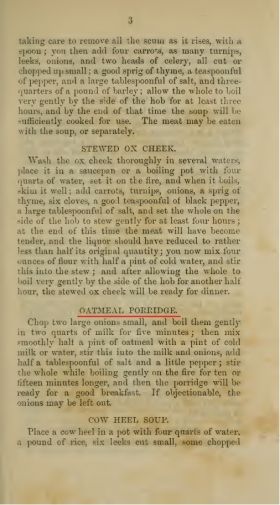 |
| Cookery for the Lancashire Operatives |
Committees, in
support, were formed and help came from across the country, as the early 1860s
brought more hard times to Lancashire, and such useful recipe booklets as Cookery
for the Lancashire Operatives by ‘A Gentleman’, offered advice on the
preparation of low cost food. Many of the recipes are for traditional
Lancashire delicacies (Ox cheek, cow heel, tripe and so on), and these foods
are currently enjoying something of a comeback, partly due to the financial
hardships that are being forced upon us, and partly due to the resurgence of
interest in the older foods, with many Michelin-starred restaurants now
offering these tasty, once popular dishes on their menus.
Abraham Lincoln, by
the way, sent a letter of thanks to the people of Lancashire for their support
of the abolitionist cause, and a statue of him stands in Brazennose Street,
Manchester, with quotations from the letter on the granite plinth.
Waterloo porridge-- cannot wait to make me some for St Patrick's day. Yumm
ReplyDelete